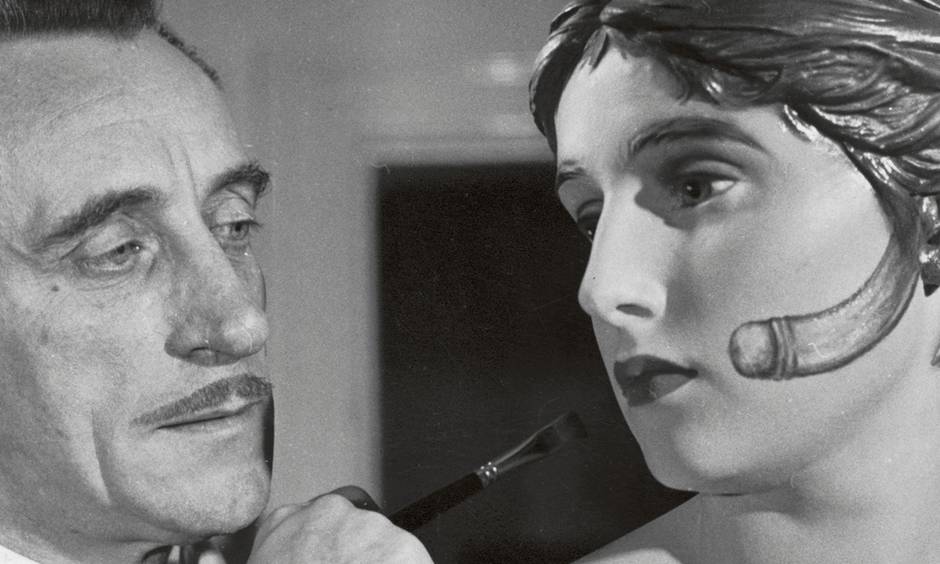
1909 - 1995
Wilhelm Freddie
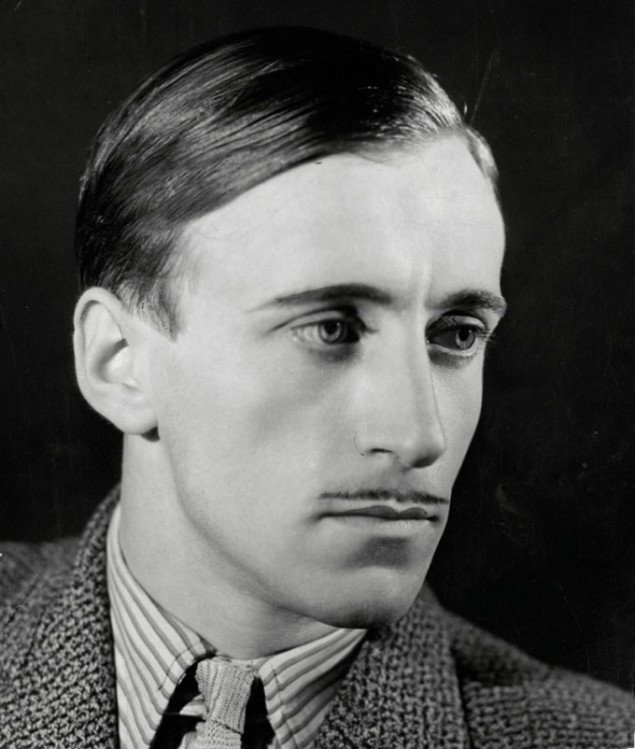
description
A Danish painter, sculptor, director, who is considered a pioneer of Surrealism not only in his own country, but in the Scandinavian art as a whole. This was so despite the fact that the artist was almost an amateur. Wilhelm Freddie initially worked as an abstract artist, but later moved away from non-figurative painting and turned to Surrealism, a more realistic style. Nazi and Fascism were criticized in a number of paintings by the artist (primarily in his “Meditation” created in 1936); as a result he was officially prevented from visiting Germany, and later was forced to seek refuge in Sweden, where he lived until the early 1950s.
Some paintings by Freddie were rather bold in plots and contradictory in meaning, therefore they were considered pornographic in the pre-war years and in the first two decades after the war. This led to the closure of exhibitions, the arrest of the author and repeated confiscation of works. Their artistic merits were subsequently recognized; the state galleries and museums of Denmark and other countries began to acquire the works of the master for their collections.
Art historians rightly believe that Dane Wilhelm Freddie awarded the highest award of the Academy of Arts, the Torvaldzen Medal, in 1970, should be named first among Scandinavian Surrealists. He was one of the few Surrealists, whose works were filled not only with fantasy, but also with deep ideological and moral content.
Key ideas:
– The young man knew everything about such new art movements as Cubism and Futurism, Abstract art and Expressionism. He created his first works after student impressionistic landscapes as abstract geometric images in the late 1920s.
– The beginning artist learnt about the paintings of Surrealists from the magazine «La Révolution Surréaliste». He was especially impressed by Dali’s paintings and soon adopted the figurative language of Dali with its meditation and images from dreams. One of the features of his works was outright sexuality of images; the second feature was the anti-Nazi theme of the plots.
– The art technique of William Freddie can be consistently divided into several phases. In the decade from the mid-1930s, these are “illusionistic” paintings with soft sensual forms. Wilhelm began to experiment with objects, making picturesque ensembles and collages of different objects and showing an unbridled, often erotic fantasy.
– The next esoteric period is characterized, among other things, by occult themes and images of the sun, moon and fire, as well as by an attempt to mask the content deeply.
– The style of his paintings changed in 1954 – they again got expressive sensuality, complemented by humor, self-irony, and sometimes drama.
– In the last decades, the formal language of his paintings was considerably simplified, the compositions acquired flatness, and the female anatomy began to be combined with geometric elements. The artist returned to abstraction.
1909
1923
1936
1937
1938
1944
1945
1949
1959
1961
1965
1970
1995
The artist was born
Studied painting

Freddie was invited with his works to the New Burlington Gallery

The artist was fined

The artist's works were exhibited at the Paris gallery Beaux-Arts

He lived in Sweden
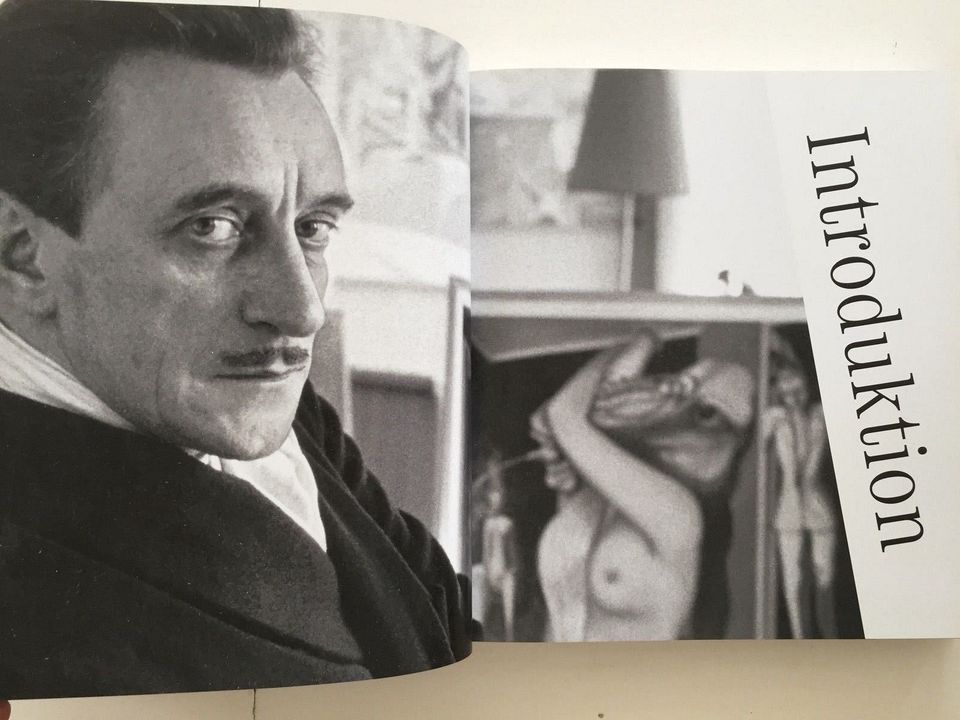
Designed a surreal exhibition in Stockholm
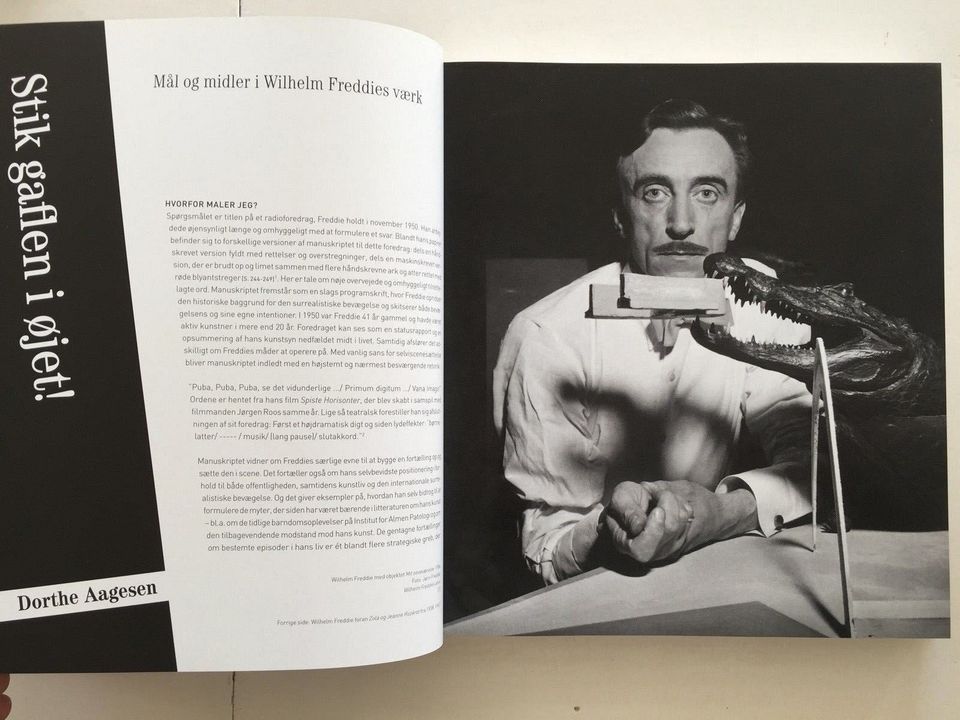
Wilhelm Friedde produced two shot films
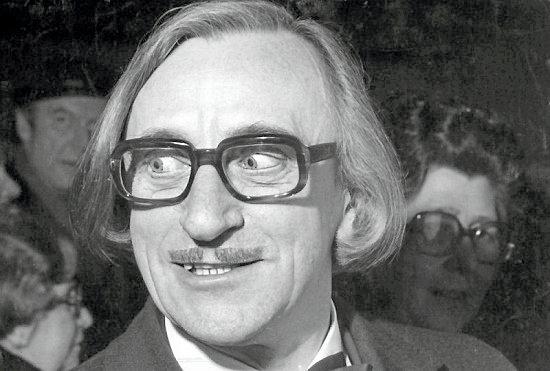
Freddie was invited to an exhibition in Milan
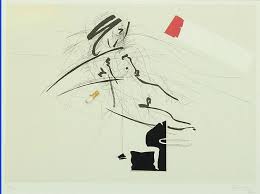
Presented copies of his three previously seized works in his motherland
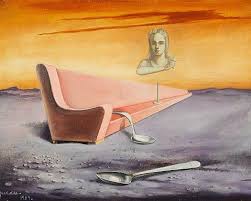
The National Art Foundation bought the painting “Venetian Rock and Roll” by Friedde

He was awarded the Thorvaldzen medal by the Academy of Arts

The artist died

